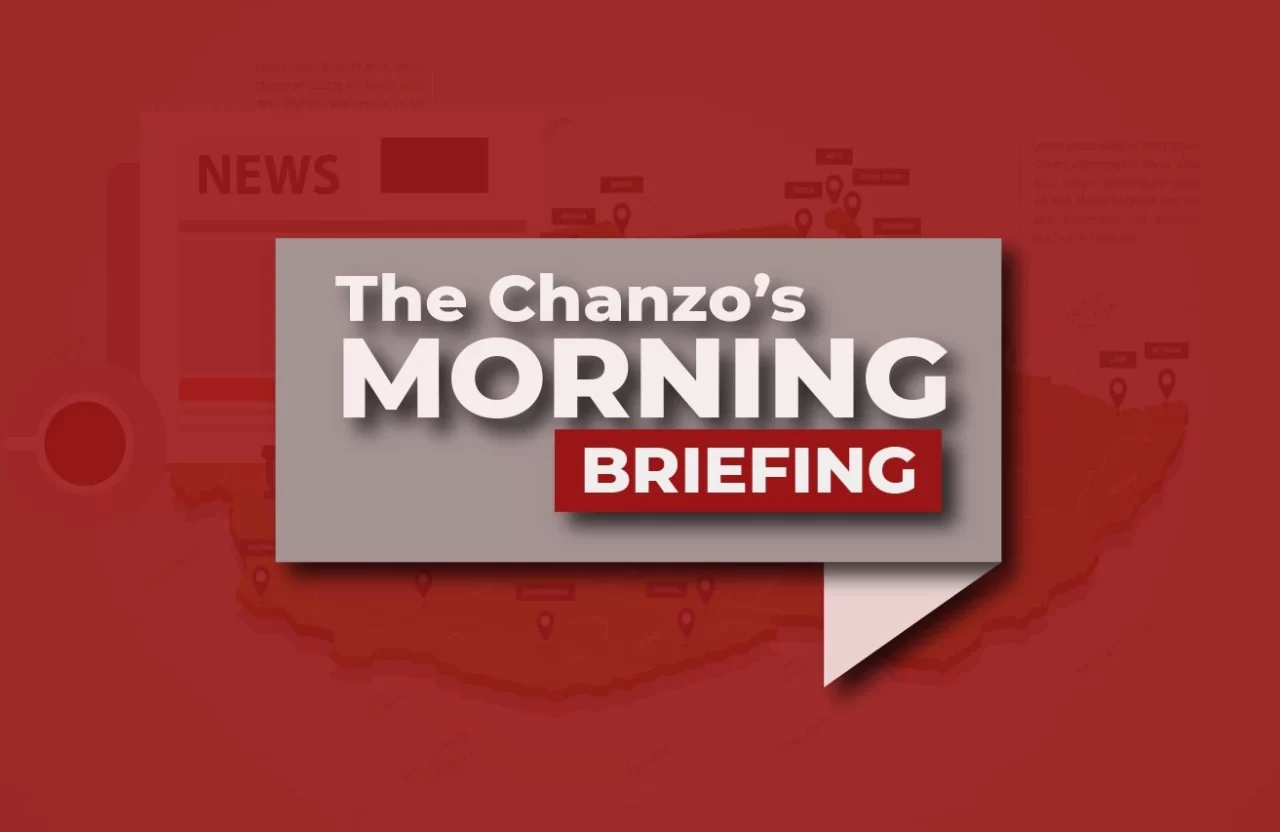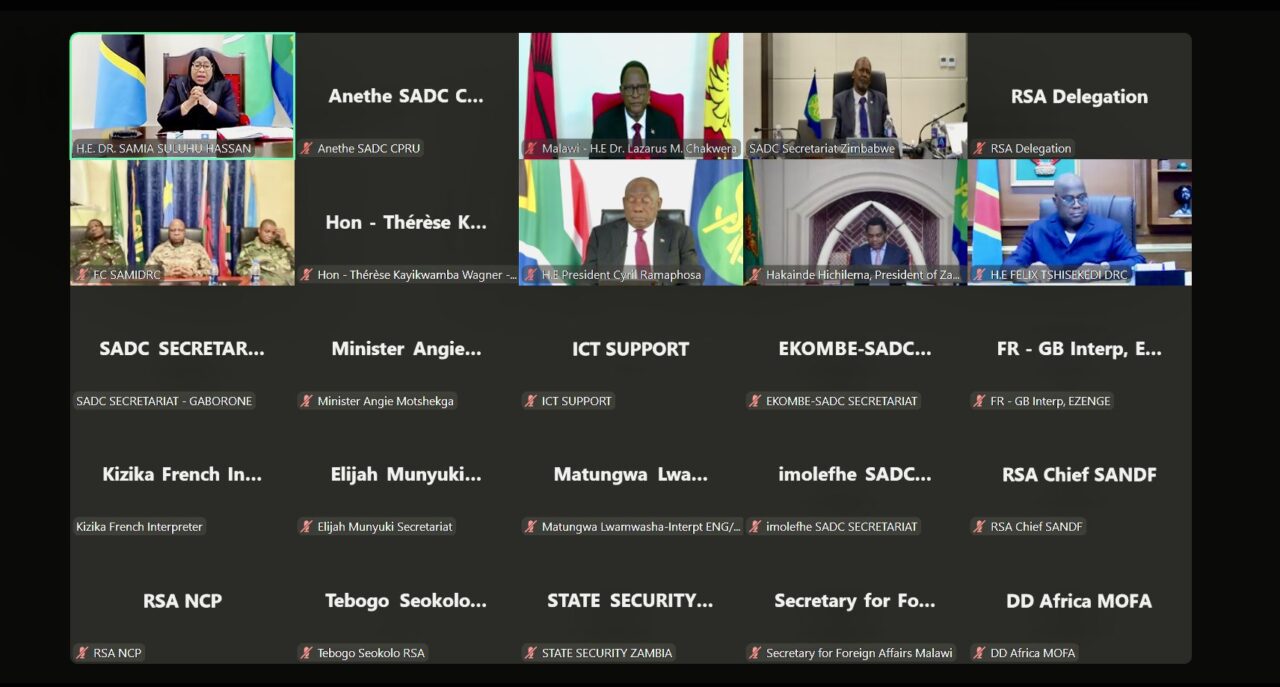President Samia Suluhu Hassan’s emerging approach to the Bagamoyo Port project is interesting to watch. If it is not a political masterstroke designed to get the best deal possible, then it is a sign of desperation from a flopping deal.
In any case, her approach looks like a deliberate strategy to avoid ‘unacceptable’ terms similar to those made public by the late President John Magufuli in 2019.
Early in 2015, Tanzania entered into an agreement with China Merchants Holdings International Co. Ltd (CMHI) to build the Bagamoyo Port after two years of negotiations.
The Oman Investment Authority (OIA), formerly known as Oman State General Reserve Fund, also entered a separate deal to build the portside industrial city in what is known in Tanzanian government official cycles as the Bagamoyo Special Economic Zone (BSEZ).
President Jakaya Kikwete laid the foundation stone for the construction of the port at Mbegani Creek in October 2015, a month before his final term in office ended. But in 2019 President Magufuli denounced the Chinese investor’s terms for the project as “exploitative and awkward.”
Reduced scope?
There are indications that the government has reduced the scope of the involvement of CMHI and probably even of the OIA in the project. BSEZ was allocated 9800 hectares of land that covered the villages of Kondo, Zinga, Pande, Mlingotini and Kiromo.
CMHI was to construct the seaport and the logistics park (887 hectares) while OIA was to develop the portside industrial city (2,200 ha), the Minister for Investments, Industry and Trade, Dr Ashatu Kijaju told the Parliament when she tabled her ministry’s budget on May 6, 2022.
But the government would now take over the dredging of the port entry to safeguard “broad national interests,” according to Dr Kijaji, in what looks like reduced scope of involvement for the Chinese.
The role of the Export Processing Zones Authority (EPZA) in the BSEZ seems to have increased. It was previously tipped to play the supporting role as the overseer of the BSEZ but now, according to Dr Kijaju, the EPZA would assume the development of the rest of the SEZ (6800 ha), which includes industrial space, residential areas, commercial and institutional space as well as recreation and tourism.
The EPZA would work in collaboration with other investors through Public Private Partnership arrangements or through private developers. The government would develop the basic infrastructure such as railways, roads electricity, water, gas, telecommunications and airports, Dr Kijaji noted.
Room for other investors
The new approach seems designed to give more room to other investors in the construction of both the seaport and the SEZ. It is very unlikely, for example, that the government would dredge the port entry on its own.
According to media reports, at least one investor, DP World, is known to be already enlisted to play a large part in the seaport construction through its working partnership with the Tanzania Ports Authority (TPA). In February 2022, DP World signed a Memorandum of Understanding (MoU) with TPA for a $500 million financing arrangement.
In March 2022, President Samia mentioned DP World as among the investors interested in the Bagamoyo Port. She mentioned other investors like Abu Dhabi Port, Antwerp and the Americans.
French investors have also shown interest to participate in the Bagamoyo SEZ, according to the French ambassador to Tanzania Nabil Hajlaoui. Announcing publicly the interests of other investors in the port even as negotiations with CMHI are not yet concluded might be a negotiating tactic.
The message being sent to the negotiating partners is that they are not the only ones interested in the project and so they should shape up or ship out. If the investors care for the project they might do what it takes to make sure they clinch the deal.
US-China rivalry
The government announced on May 12, 2022, that the Americans have offered to help Tanzania with technical advice over the Bagamoyo Port. The Director of Presidential Communications Zuhura Yunus who made the revelation at a press conference in the Dar es Salaam State Lodge didn’t specify what kind of technical advice would that be.
Ms Yunus did not say, either, whether the Tanzanian government was ready to accept the Americans’ offer of help.
The aim of revealing such raw information could be interpreted as another negotiating tactic to pressure the investor into a deal. It is also possible that President Samia, being aware of Americans’ sense of urgency in challenging China’s foothold in Africa, could be seeking to exhort maximum benefit from both the Chinese and the American world for a better deal.
Also, the reduced scope of the investor would give the government much more breathing space during negotiations. It would ease the financing burden for the project.
Government officials revealed, off the record, after the collapse of the earlier deal in 2019, that the Chinese had used the enormous amount of the project financing –$10 billion –against the government by demanding too much concession. This could be what led President Magufuli to publicly denounce the deal.
The taking over of the dredging of the port entry by the government would enable the State to be more directly involved in the construction of the seaport through TPA. It could also be a ploy to avoid some awkward contractual traps.
If anything, it validates some claims by President Magufuli over exploitative terms despite repeated denials by officials in the current administration. A senior government official privy to the negotiations told this writer in April 2021 that the Chinese had wanted the quay and the port space to be beyond the Tanzanian government’s jurisdiction.
This means, as President Magufuli claimed in 2019, government officials whether from TPA, the Tanzania Revenue Authority (TRA) or the Tanzania Bureau of Standards (TBS) would be persona non grata.
In countering that demand the Tanzanian delegation simply argued that since the construction of the quay and the port space would use murrum obtained from the dredging of the port entry and berths which are in Tanzania’s territorial waters then there was no way that the quay and the port space was going be beyond Tanzania’s sovereignty.
Sign of desperation?
President Samia’s new strategy on the Bagamoyo BSEZ could also be a sign of desperation. Is the deal with CMHI and OIA falling apart? Are they demanding too much concession from the government, again?
If the answer to any of these questions is yes, then the government could be playing PR stunts as it desperately tries to force the investors into a better deal.
There would be no need, for example, to make public the mere interests of investors in the project for its own sake if the negotiations with CMHI and OIA were well on track.
It is also ironic that the only information that the government has been willing to share publicly about negotiations with CMHI and OIA is the non-essential one, on the interest of other investors and so forth.
The more important information, such as the progress of negotiations or even photo-ops of negotiating teams is not shared. But whether the government strategy on the Bagamoyo Port project is a sign of desperation or not it could guarantee the continuation of the project even if negotiations with CMHI and OIA take longer than expected.
The envisaged larger role for the EPZA, which would be in accordance with the original BSEZ master plan, would allow the development of other aspects of the project to go on without waiting for the seaport.
If the deal with the Chinese falls apart, for example, the dredging of the port entry could continue, serving as an incentive for the next potential investors. It could also give a semblance of continuity to the project.
Fragmentation of the project would also make the issue of financing less of a headache while, at the same time, enabling local financial institutions to chip in.
The new strategy is also what some analysts had suggested as early as the last year 2021 when President Samia announced the revival of negotiations. It also seems to be in tandem with President Samia’s vow that national interests will be a priority in the negotiations with investors.
Damas Kanyabwoya is a veteran journalist and a political analyst based in Dar es Salaam. He’s available at dkanyabwoya@gmail.com. His Twitter handle is @DKanyabwoya. These are the writer’s own opinions and it does not necessarily reflect the viewpoint of The Chanzo Initiative. Want to publish in this space? Contact our editors at editor@thechanzo.com for further inquiries.





2 responses
Great analitical work. I feel so enriched with this profound marvelous analysis on the ongoing drama about the port. It’s a blessing that we still have very few people with such a wonderful analitical skills existing in this country.
Hii wizara Dr. Kijaji asaidiwe na Dr. Kimei na kazi Kubwa ya Dr. Kimei iwe uwekezaji ikiwemo hii Bandari.